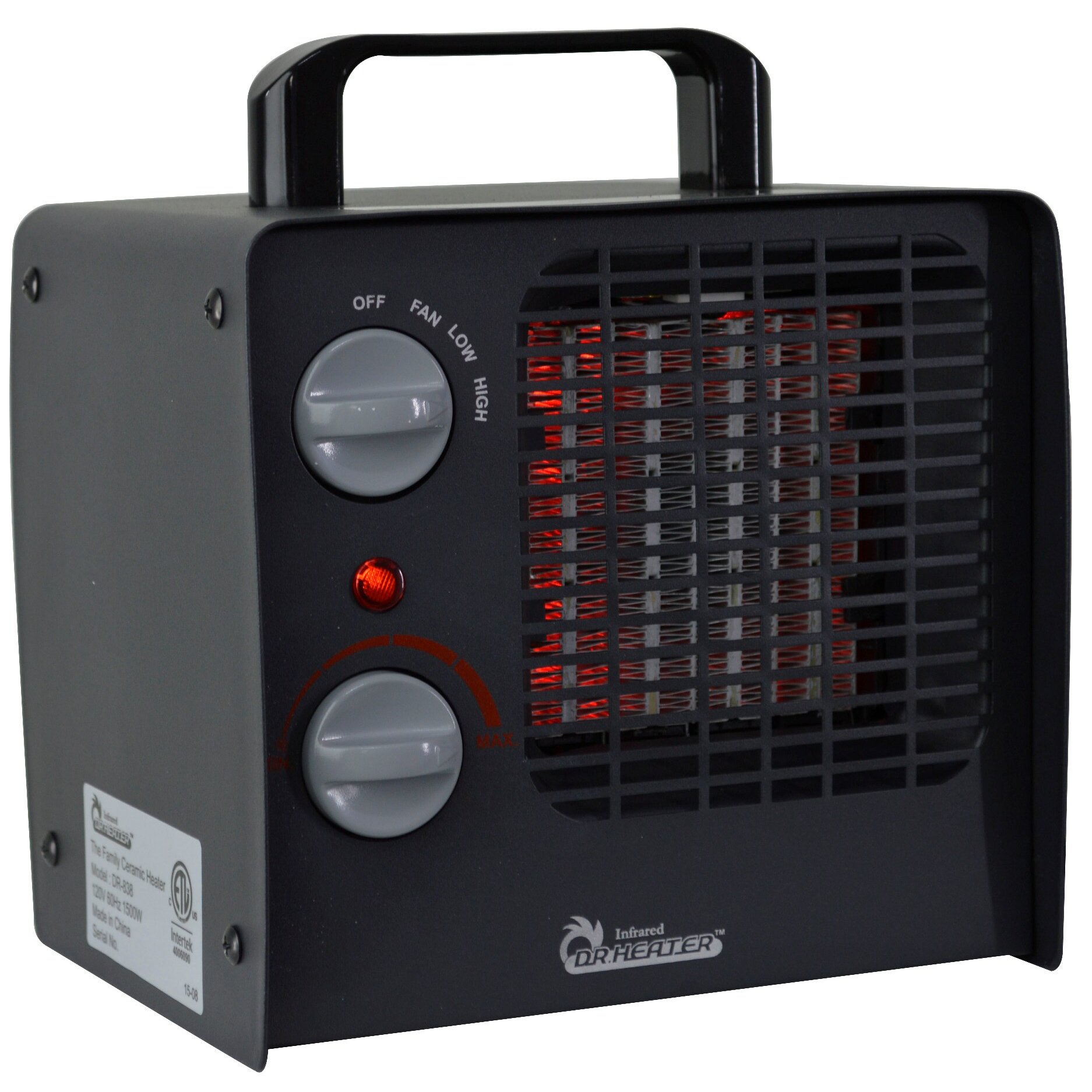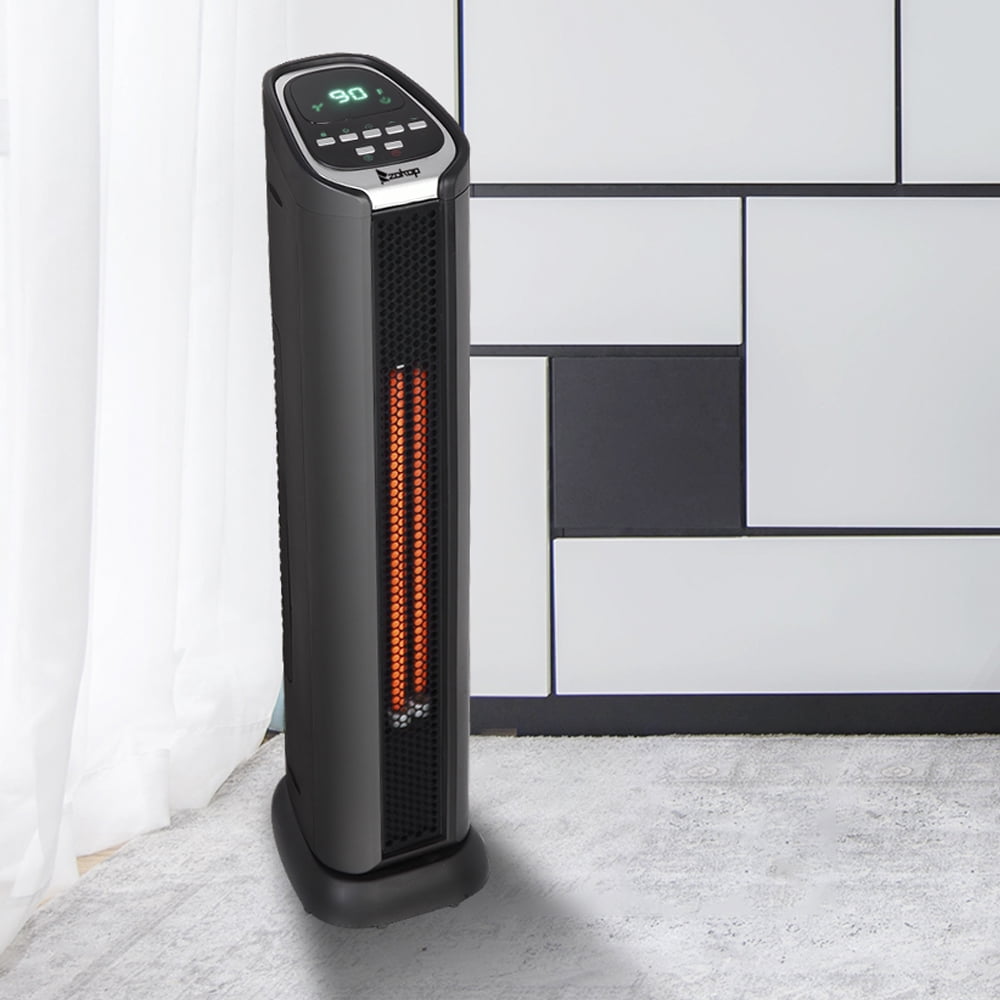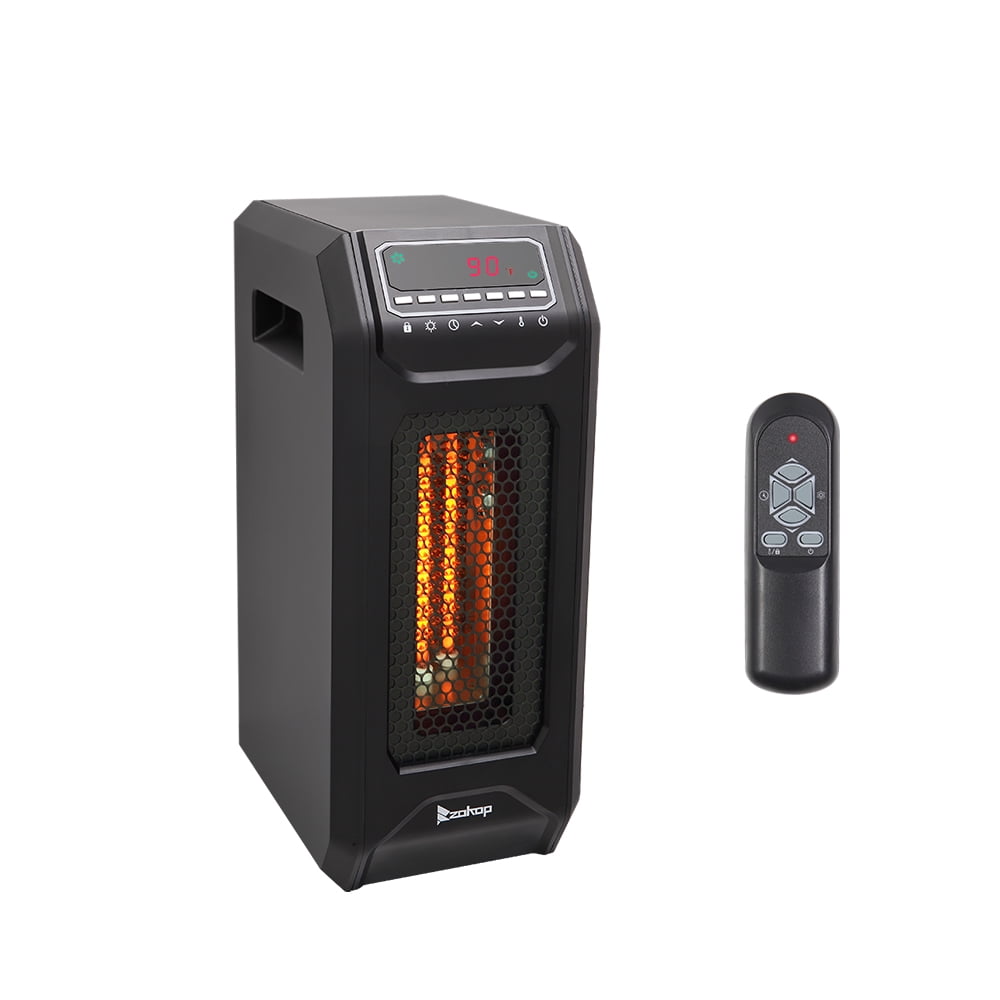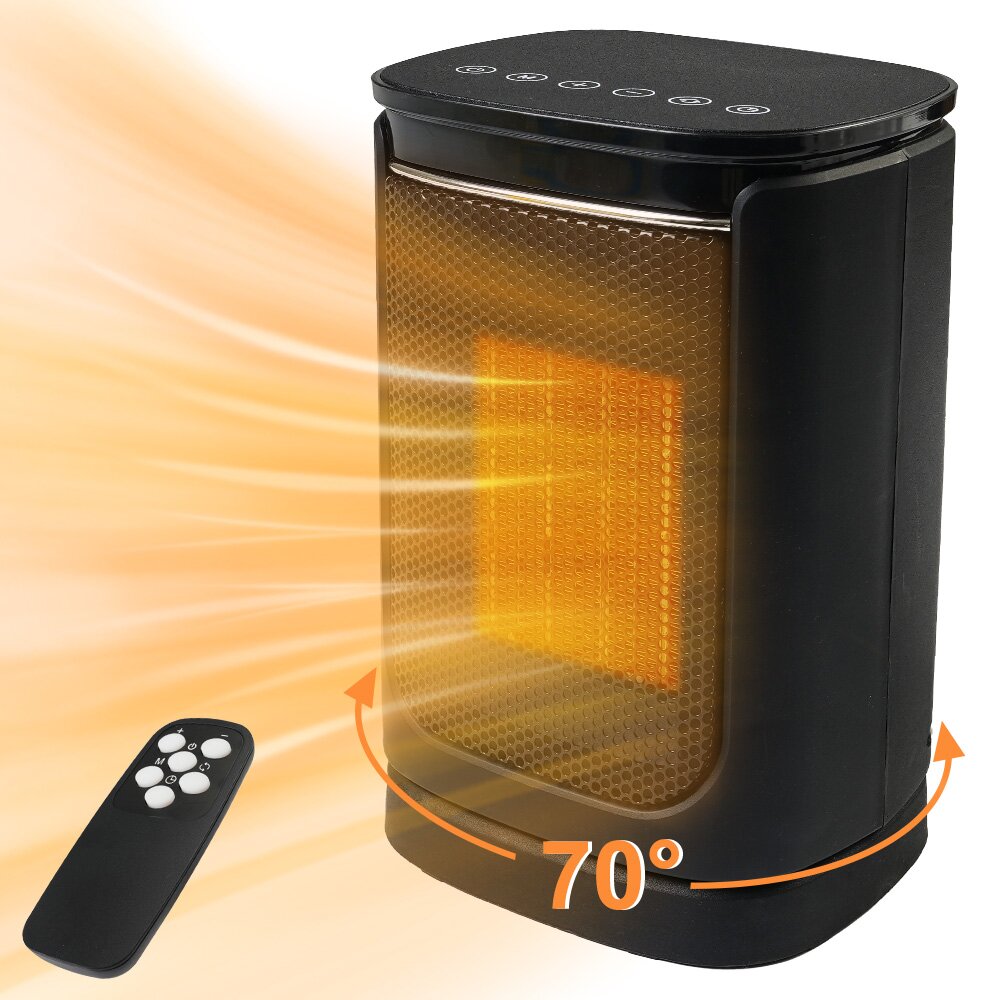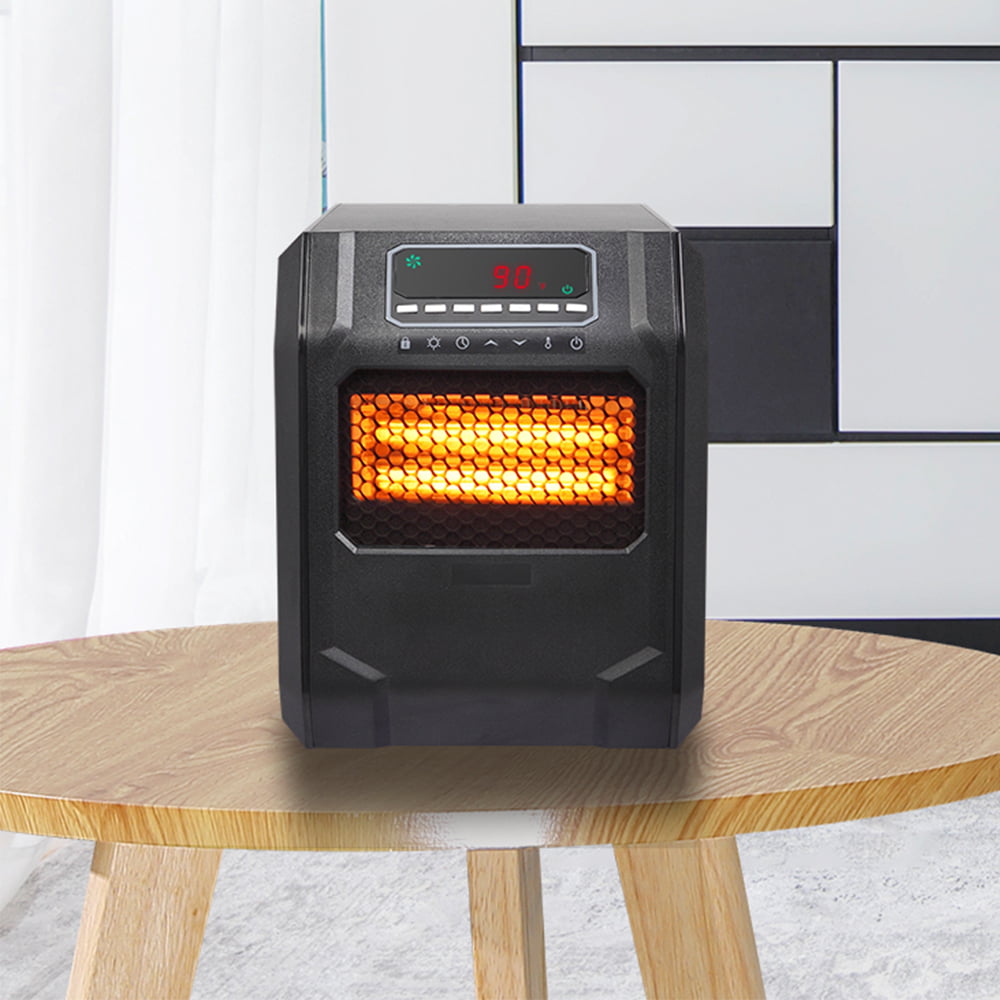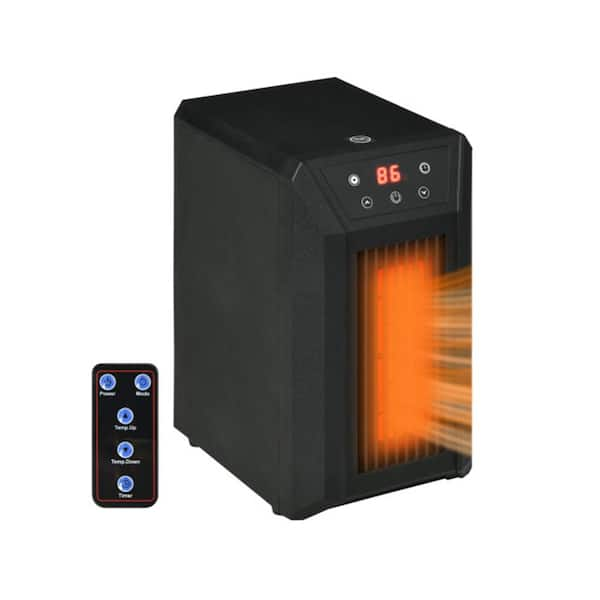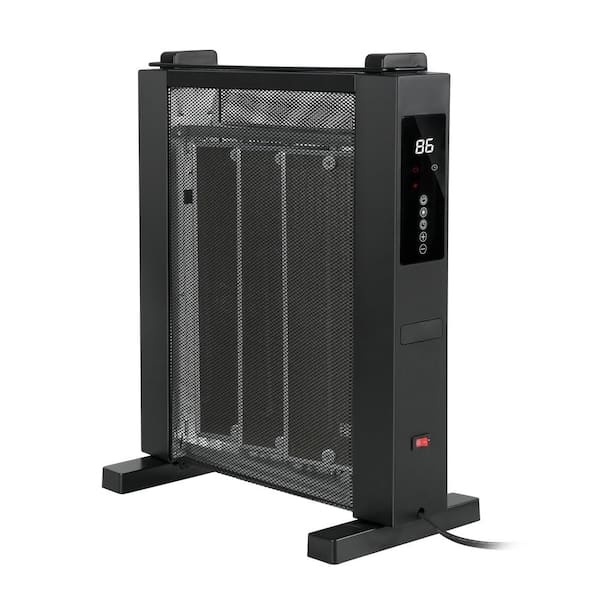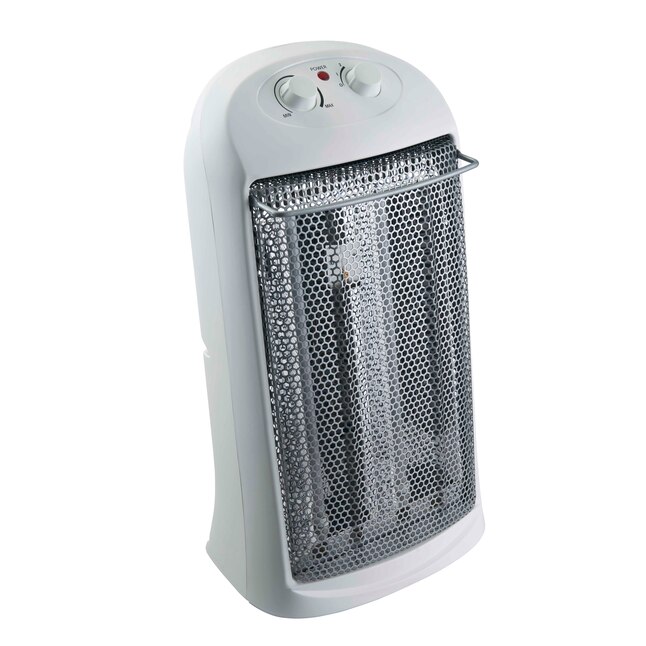Small Infrared Heater With Thermostat
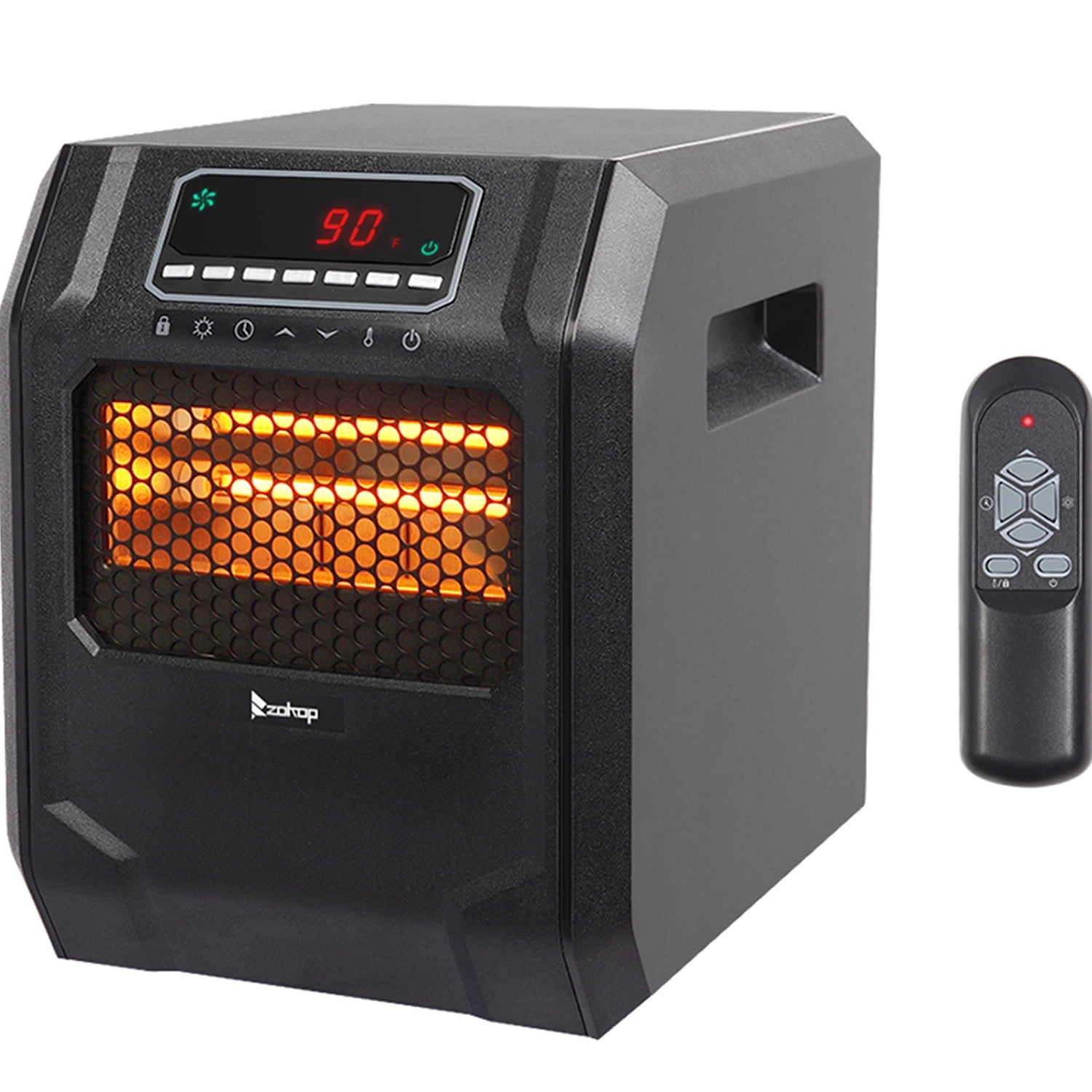
As energy costs continue to climb and winter's chill sets in, consumers are increasingly seeking efficient and affordable ways to heat their homes. One solution gaining traction is the small infrared heater with thermostat, promising targeted warmth and reduced energy consumption.
But do these compact heaters live up to the hype? This article delves into the capabilities, benefits, and potential drawbacks of these popular devices, providing a comprehensive overview for consumers considering this heating option.
Understanding Infrared Heating Technology
At its core, an infrared heater operates differently from conventional space heaters that warm the air. Instead, infrared heaters emit electromagnetic radiation that directly heats objects and people in their path.
This targeted approach eliminates the need to heat an entire room, making it potentially more energy-efficient in certain situations.
The inclusion of a thermostat allows for precise temperature control, further optimizing energy usage.
Key Features and Benefits
Small infrared heaters with thermostats are characterized by their compact size and portability. This makes them ideal for heating small spaces like offices, bedrooms, or workshops.
Many models offer adjustable temperature settings, allowing users to customize their comfort level. Digital displays and remote controls are also common features.
The purported benefits include energy savings, targeted heating, and ease of use. Some manufacturers claim energy savings of up to 50% compared to traditional space heaters.
Potential Drawbacks and Considerations
While promising, small infrared heaters are not without their limitations. Their effectiveness is largely dependent on the size and insulation of the space being heated.
In larger, poorly insulated rooms, their heating capacity may be insufficient. The Consumer Reports website notes that radiant heaters are best for providing supplemental heat, not as a primary heating source.
Safety is another important consideration. While most models include safety features like tip-over switches and overheat protection, it's crucial to follow manufacturer instructions carefully.
Expert Opinions and Industry Data
According to a report by the U.S. Department of Energy, the energy efficiency of space heaters varies widely depending on the type and usage patterns. They highlight the importance of selecting a heater that is appropriately sized for the space and using it responsibly.
"It's essential to understand that no space heater is inherently 'energy-saving'," explains Dr. Emily Carter, an energy efficiency expert at the University of California, Berkeley. "Energy savings only occur when a heater is used strategically to heat a small area instead of an entire building."
The Electric Power Research Institute (EPRI) has conducted studies on the performance of various space heating technologies. Their findings suggest that infrared heaters can be efficient for spot heating but may not be the best choice for consistently heating large areas.
Consumer Reviews and Experiences
Online reviews of small infrared heaters are mixed. Some users praise their ability to quickly heat small spaces and reduce energy bills.
"I was able to lower my central heating thermostat and use this heater to keep my office warm without sacrificing comfort. My energy bill was noticeably lower,"writes one satisfied customer on Amazon.
However, other users express disappointment with the heater's performance in larger rooms or its inability to maintain a consistent temperature. Some also report concerns about the heater's durability and lifespan.
It's important to consider a range of reviews before making a purchase decision.
Making an Informed Decision
Before purchasing a small infrared heater with thermostat, consider the size of the space you intend to heat, the level of insulation, and your heating needs. Research different models and compare features, prices, and customer reviews.
Look for heaters with safety certifications from reputable organizations like UL or ETL.
Remember to follow the manufacturer's instructions carefully and never leave a space heater unattended.
The Future of Infrared Heating
As technology advances, we can expect to see further improvements in the efficiency and performance of infrared heaters. Smart heaters with integrated thermostats and energy monitoring capabilities are already emerging in the market.
These devices offer greater control over energy consumption and allow users to optimize their heating habits. They integrate with smart home systems for convenient operation.
The potential for pairing infrared heating with renewable energy sources like solar power is another exciting development. As energy costs continue to rise and consumers become more conscious of their environmental impact, small infrared heaters with thermostats are likely to remain a popular and evolving heating solution.
